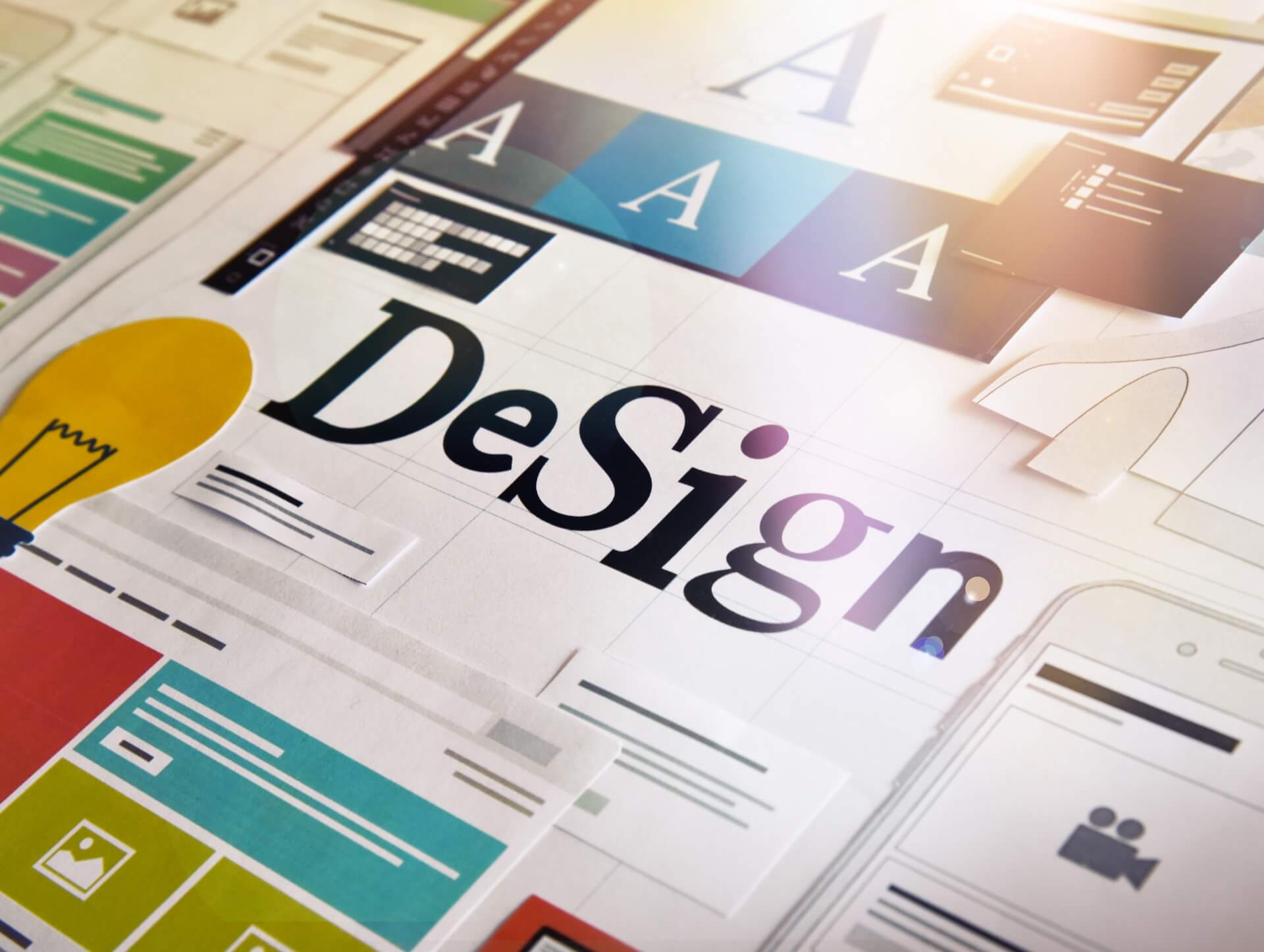The role of prototyping in graphic design maintenance

06/09/2023
In the world of graphic design, maintaining brand consistency and creating custom designs are essential for businesses. Monthly design services, design retainers, and ongoing design support have become popular options for businesses to ensure their visual identity is always on point. However, maintaining a consistent and high-quality design requires a collaborative approach between designers and clients. Prototyping plays a crucial role in this process by allowing both parties to visualize and iterate on design concepts before finalizing them. In this article, we will explore the importance of prototyping in graphic design maintenance and how it contributes to a successful design partnership.
The Benefits of Prototyping in Graphic Design
Prototyping is a valuable tool in the graphic design process as it allows designers to create a tangible representation of their ideas. Here are some key benefits of prototyping:
1. Visualizing Design Concepts
Prototyping enables designers to bring their ideas to life and showcase them to clients in a visual format. It helps clients understand the overall design direction and provides them with a tangible representation of what the final product will look like. By visualizing design concepts, designers and clients can align their expectations and ensure that the final design meets the client's requirements.
2. Iterative Design Process
Prototyping allows for an iterative design process where designers can quickly make changes and gather feedback from clients. This iterative approach helps in refining the design and enhancing its effectiveness. Clients can provide their input based on the prototype, allowing designers to make the necessary revisions and improvements before finalizing the design.
3. Testing User Experience
Prototyping also allows designers to test the user experience of a design before investing time and resources into its development. By creating interactive prototypes, designers can simulate the user journey and identify any usability issues or bottlenecks. This early testing helps in optimizing the design for a seamless user experience.
4. Minimizing Design Revisions
By using prototypes, designers can minimize the number of design revisions during the development phase. Since clients have already seen and approved the design concept through the prototype, there is a higher chance of design acceptance and fewer revisions. This saves time and effort for both designers and clients, ensuring a smoother design process.
Types of Prototypes in Graphic Design
There are various types of prototypes used in graphic design, each serving a different purpose:
1. Low-Fidelity Prototypes
Low-fidelity prototypes are rough, basic representations of a design concept. They are typically created using paper sketches or simple digital tools. These prototypes focus on the overall layout and structure of the design rather than the finer details. Low-fidelity prototypes are useful for quickly exploring different design ideas and gathering initial feedback from clients.
2. High-Fidelity Prototypes
High-fidelity prototypes are more polished and detailed representations of a design concept. They closely resemble the final product in terms of visual elements, interactions, and functionality. High-fidelity prototypes are often created using prototyping software or coding. These prototypes are useful for testing the user experience, conducting usability tests, and getting a realistic feel of the final design.
3. Interactive Prototypes
Interactive prototypes are advanced prototypes that allow users to interact with the design. They can include clickable buttons, navigation menus, and other interactive elements. Interactive prototypes are created using specialized prototyping tools or coding. These prototypes are especially useful for testing the functionality and user-friendliness of a design.
4. Functional Prototypes
Functional prototypes go beyond visual representation and include working functionalities. These prototypes are often developed by front-end developers and closely resemble the final product in terms of design and functionality. Functional prototypes are useful for testing complex interactions, validating technical feasibility, and gathering user feedback on the final product.
Prototyping Tools and Software
There are numerous prototyping tools and software available that designers can use to create prototypes. Here are some popular options:
1. Adobe XD
Adobe XD is a powerful prototyping tool that allows designers to create interactive prototypes with ease. It offers a wide range of features, including design tools, interactive elements, and collaboration capabilities. Adobe XD is widely used in the graphic design industry due to its versatility and seamless integration with other Adobe Creative Cloud applications.
2. Sketch
Sketch is a popular prototyping tool specifically designed for Mac users. It offers an intuitive interface and a wide range of features for creating high-fidelity prototypes. Sketch also has a vast library of plugins that enhance its capabilities and allow for seamless integration with other design tools.
3. InVision
InVision is a web-based prototyping platform that allows designers to create interactive and collaborative prototypes. It offers features like clickable interactions, real-time commenting, and version control. InVision is widely used for its ease of use and ability to create prototypes that closely resemble the final product.
4. Figma
Figma is a cloud-based design and prototyping tool that enables real-time collaboration between designers. It offers a wide range of design and prototyping features, including interactive components, design libraries, and design handoff. Figma is known for its versatility and the ability to work seamlessly across different operating systems.
Conclusion
Prototyping plays a vital role in graphic design maintenance and the overall design process. By visualizing design concepts, enabling an iterative design process, testing user experience, and minimizing design revisions, prototyping helps designers and clients create effective and visually appealing designs. With the wide range of prototyping tools and software available, designers can choose the best option that suits their needs and enhances their design expertise partnership with clients. By incorporating prototyping into the graphic design workflow, businesses can ensure brand consistency, tailored visual identity, and ongoing creative support.
Contact us

Spanning 8 cities worldwide and with partners in 100 more, we’re your local yet global agency.
Fancy a coffee, virtual or physical? It’s on us – let’s connect!

